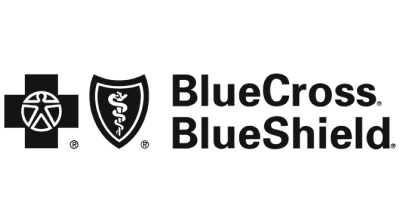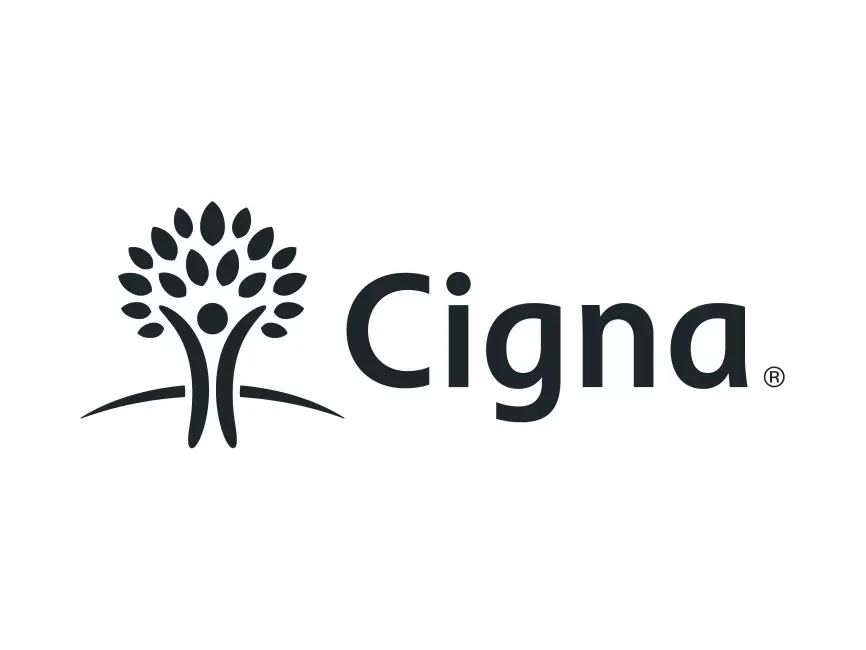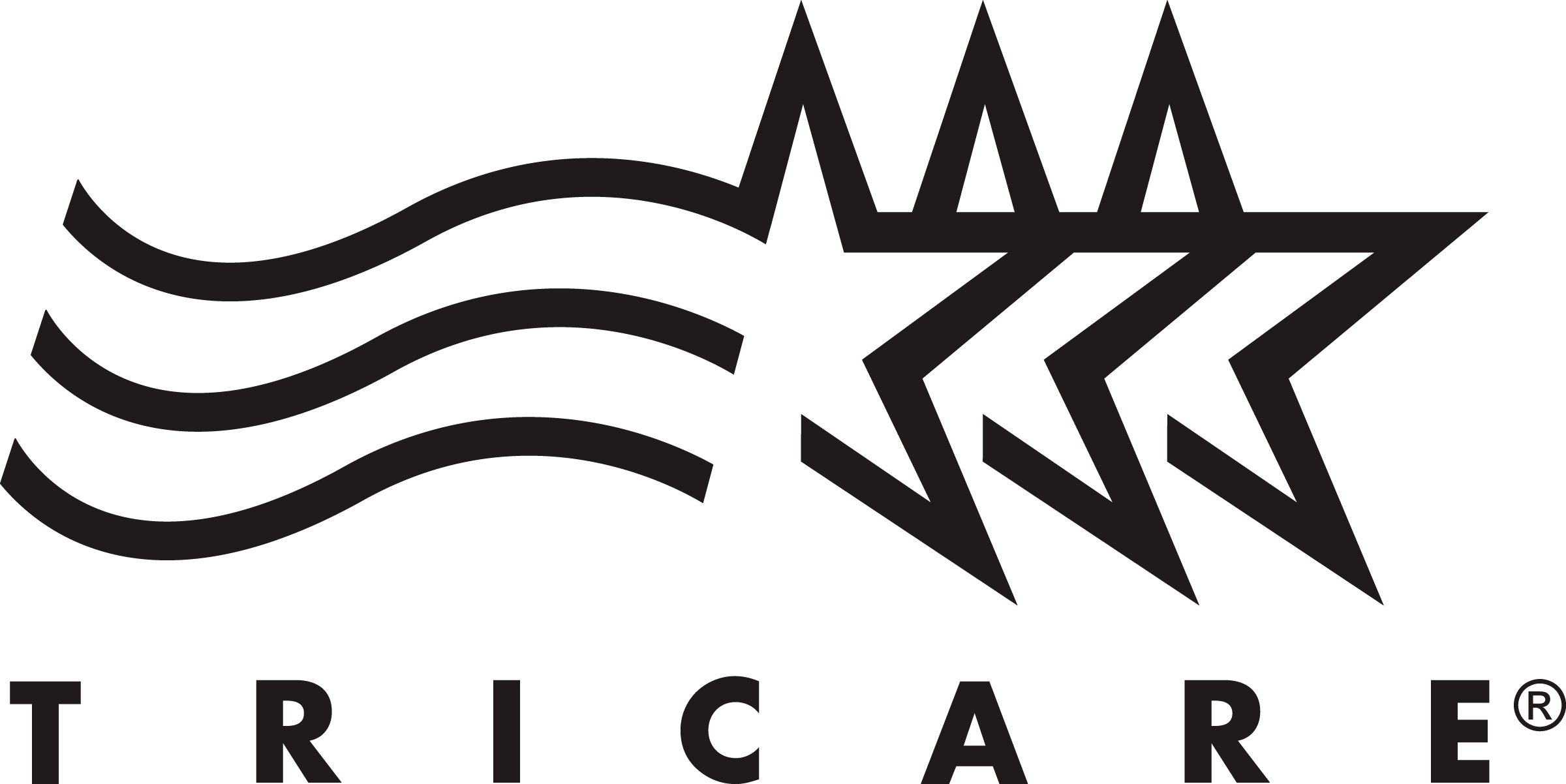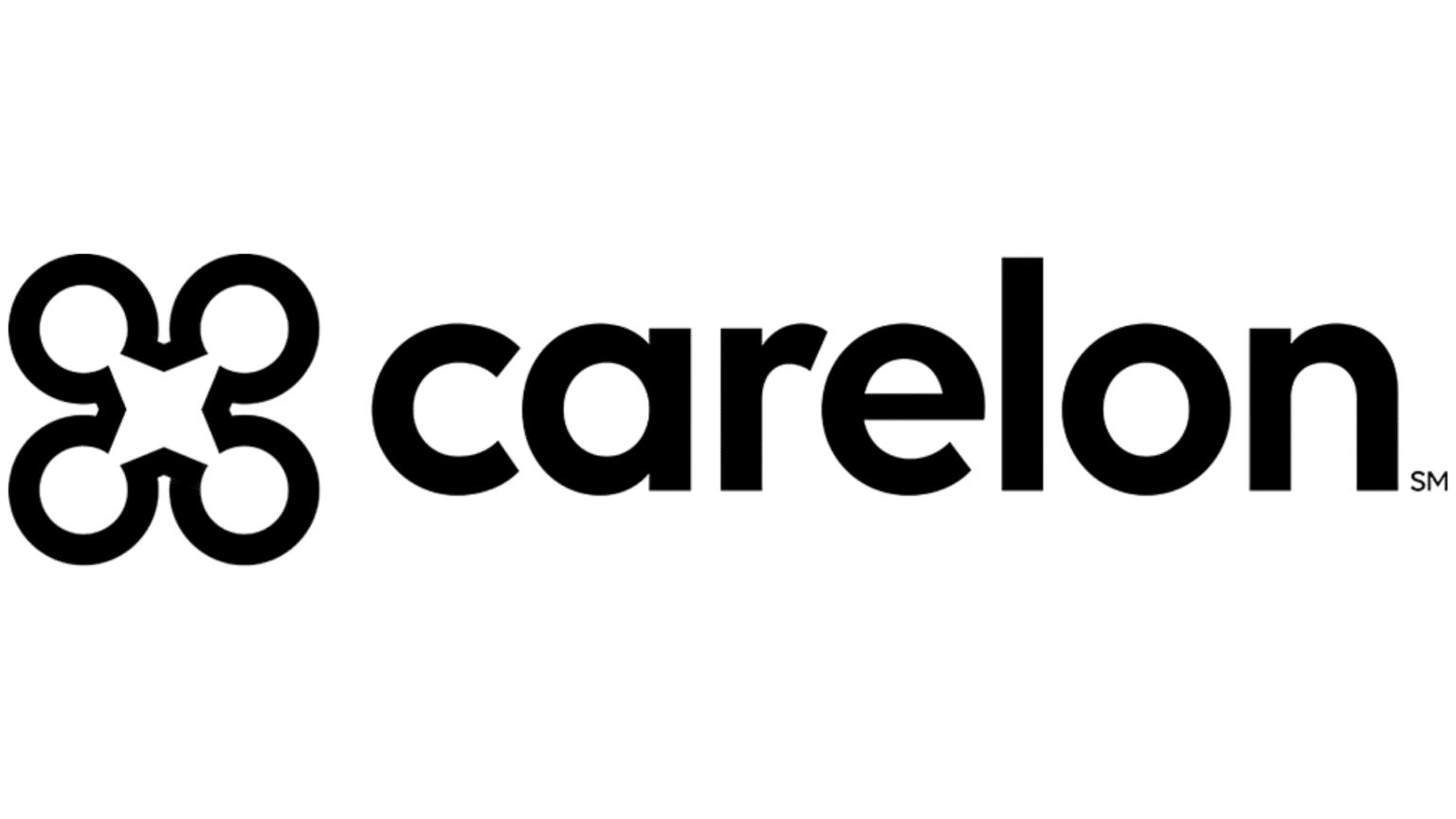Understanding Addiction
Before embarking on the complex process of planning an intervention, it’s crucial for everyone involved to have a foundational understanding of addiction itself. Addiction is not a moral failing or a sign of weakness; it is a complex brain disease characterized by compulsive substance use or behavior despite harmful consequences. It changes the brain’s structure and function, affecting areas involved in pleasure, motivation, memory, and control. This is why simply telling someone to “just stop” is often ineffective – their brain is telling them they need the substance or behavior to feel normal or even survive.
The impact of addiction extends far beyond the individual. It erodes trust, creates financial strain, causes emotional turmoil, and can lead to legal problems, health crises, and damaged relationships. Families often find themselves walking on eggshells, trying to control the uncontrollable, enabling the addiction inadvertently, or living in a constant state of anxiety and fear. The person struggling with addiction might also be experiencing profound emotional pain, isolation, shame, and hopelessness, which further fuels the cycle of addiction.
Recognizing addiction as a disease helps shift the perspective from blame to understanding. This understanding is paramount when planning and conducting an intervention. Approaching the situation with empathy and compassion, rather than anger or judgment, is key to creating an environment where your loved one might feel safe enough to hear your concerns and accept help. It’s important to remember that the person you love is still there, underneath the layers of addiction. Your goal is to reach that person and offer a lifeline.
Empathy in an intervention means acknowledging the pain and struggles your loved one might be facing, even as you address the harmful behaviors. It means expressing your concern for their well-being and future, not just your frustration with their actions. It means communicating that you are doing this out of love and a desire to see them heal and recover.
Education about the specific substance or behavior your loved one is struggling with can also be incredibly helpful. Understanding the signs of intoxication or withdrawal, the typical progression of that particular addiction, and the potential health consequences can inform your approach and strengthen your resolve. It can also help you identify appropriate treatment options later on. For instance, understanding the complexities of opioid addiction might highlight the potential need for
Outpatient Detox or
Drug Rehab Programs that include medication-assisted treatment (MAT). Similarly, understanding alcohol dependence points towards specialized
Alcohol Rehab Programs.
Furthermore, it’s important to consider if there are underlying mental health conditions contributing to the addiction. Addiction and mental health often go hand-in-hand, a concept known as
Dual Diagnosis. If your loved one is struggling with anxiety, depression, trauma, or other mental health issues, these must be treated concurrently with the addiction for long-term recovery. An intervention plan should ideally include a treatment option that addresses both aspects, such as
Dual Diagnosis Treatment or integrated
Mental Health Treatment alongside addiction recovery. Understanding this complexity allows you to present a more comprehensive and effective treatment plan during the intervention. This understanding of addiction and its related issues forms the compassionate foundation upon which a successful intervention is built.
Preparing for an Intervention
The success of an intervention hinges significantly on the preparation that takes place long before the actual meeting. This isn’t a spontaneous conversation; it’s a deliberate, strategic process. Neglecting thorough preparation is one of the most common reasons interventions don’t go as planned.
The very first step is recognizing that there is a problem and deciding that an intervention is necessary. This often involves the family reaching a collective breaking point where the impact of the addiction can no longer be ignored or tolerated. It requires honest conversations among family members about the extent of the problem and the harm it’s causing.
Once the decision is made, you need to start gathering information. This includes specific details about the addiction itself – when it started, how it has progressed, specific incidents that highlight the negative consequences (lost jobs, health scares, legal issues, damage to relationships). Gathering this factual information is crucial because you will need concrete examples, not just generalizations, to present during the intervention.
Equally important is researching potential treatment options before the intervention takes place. Having a pre-arranged treatment plan is critical. You need to know where your loved one can go immediately if they accept help. This means looking into different levels of care, such as
Partial Hospitalization Program (PHP),
Intensive Outpatient Program (IOP), or standard outpatient care. For many families today, especially those located in places like Orange County, California, or those needing flexibility, researching
Virtual IOP Program options or other forms of
Drug Rehab Programs or
Alcohol Rehab Programs that offer
Telehealth addiction treatment is a vital part of this preparation.
Consider the specific needs of your loved one. Do they have co-occurring mental health conditions? Then a program offering
Dual Diagnosis Treatment is essential. Is there a possibility they might need help managing withdrawal symptoms? Look into programs with
Outpatient Detox capabilities or connections to detox facilities. For certain substance use disorders, inquiring about
MAT treatment online as part of a comprehensive program is also important. Gathering admissions information, understanding insurance coverage, and even beginning the
check insurance coverage process beforehand eliminates potential barriers when the moment arrives. You can easily
Verify Insurance online with many providers, including Compassion Recovery Center.
Selecting the right intervention team is another critical step. The team should consist of people who are significant in the person’s life and who are committed to participating fully and following the guidance of the group and any professional facilitator. This typically includes close family members (parents, siblings, adult children, spouse), close friends, and potentially a trusted colleague or spiritual advisor. The team should be relatively small, usually between 4 and 8 people, to avoid overwhelming the person. It is crucial that everyone on the team is united in their concern and their message, and that they are willing to cease enabling behaviors regardless of the outcome.
While a family-led intervention is possible, especially with careful planning, many families choose to work with a professional interventionist. An interventionist is a trained professional who can guide the entire process, from team selection and preparation to facilitating the meeting and ensuring a smooth transition to treatment. While this post focuses on the core elements you can manage, seeking professional guidance is often highly recommended, particularly for complex situations or severe addictions. Professional interventionists can provide invaluable support and structure.
Part of preparing the team involves emotional preparation. Discussing the potential reactions of the person with addiction, sharing fears and anxieties, and committing to supporting each other through the process is vital. Everyone on the team needs to understand their role and the importance of sticking to the plan, remaining calm, and expressing love and concern, not anger or blame. This preparation phase is demanding but sets the stage for a respectful and potentially life-changing conversation.
Planning the Intervention
With the team selected and the initial research on addiction and treatment options underway, the next critical phase is meticulously planning the intervention itself. This is where the abstract idea takes concrete shape.
The first logistical decision is setting the date, time, and location. The time should be when your loved one is least likely to be under the influence, if possible, and when they are not expecting a confrontation. A weekend morning is often chosen. The location should be neutral, private, and comfortable for everyone involved. This is typically someone’s home, but it should not be a place where the person with addiction feels cornered or threatened. Ensure there are no distractions, like phones ringing or other people coming and going.
Next, the team needs to decide on the intervention approach. While there are various models, many are based on the Johnson model, where the intervention happens without the person’s prior knowledge. The approach should be determined based on the individual’s personality, the nature of the addiction, and the team’s comfort level. Regardless of the model chosen, the core principles remain the same: coming from a place of love and concern, providing specific examples of harmful behavior, and presenting a clear solution. For this blog post, we emphasize a compassionate, direct approach focused on healing.
A core component of the planning phase is preparing the statements that each team member will read aloud during the intervention. These statements are incredibly powerful. They should be written down, practiced, and kept concise. Each statement should typically include three parts:
1. Specific, factual examples: Describe 2-3 specific incidents where the addiction caused harm. Use “I” statements to express how you felt and were impacted by the behavior, rather than blaming the person. For instance, instead of saying “You ruined my birthday party by getting drunk,” say “I felt hurt and disappointed when you were too intoxicated to participate in my birthday celebration last year.” Stick to facts and observable behaviors.
2. Expression of feelings: Clearly state how the person’s addiction and the specific incidents have made you feel (e.g., worried, scared, sad, angry, frustrated, helpless). Again, use “I” statements.
3. Statement of consequence: This is a crucial and often difficult part. This is not a threat, but a boundary. It is a statement of what you will do or change if the person refuses to accept the offered help. These consequences must be realistic, enforceable, and designed to cease enabling the addiction. Examples include: “If you do not accept treatment today, I will no longer be able to lend you money,” or “If you do not go to rehab, I will need you to move out of our home,” or “If you don’t get help, I will need to limit my contact with you for my own well-being.” These consequences are serious and must be discussed and agreed upon by the entire team beforehand. They represent a commitment to stop enabling the addiction and force the person to face the full consequences of their choices.
Writing these statements takes time and emotional effort. It’s helpful for the team to work on them together, offering support and feedback.
Rehearsing the intervention is just as important as writing the statements. The team should practice sitting together, reading their statements, and handling potential reactions from the person with addiction. This rehearsal helps everyone feel more prepared, reduces anxiety on the day, ensures the flow is smooth, and reinforces the united front. Decide who will speak when and in what order. The person who is perhaps less emotionally reactive or most respected might speak first to set a calm tone.
During the planning phase, the specific treatment plan must be finalized. This includes knowing the name of the facility (like Compassion Recovery Center), the type of program they will enter (
Virtual IOP Program,
Partial Hospitalization Program (PHP) if remote is an option,
Outpatient Detox), when they need to start, and having all the logistical details sorted (enrollment steps, who will help them navigate the initial process, confirmation that their insurance is accepted – easily done by using the
Verify Insurance tool). The goal is to make the transition to treatment as seamless as possible if they say yes.
Thinking through contingencies is also wise. What if the person becomes angry and leaves? What if they try to manipulate the team? What if they promise to cut down on their own? The team needs to anticipate these possibilities and decide how they will respond collectively and calmly, always bringing the focus back to the need for immediate professional help and the predetermined consequences if help is refused. The
Contact Us information for the chosen treatment center should be readily available. This detailed planning ensures the intervention is structured, purposeful, and delivered with maximum care and effectiveness.
Conducting the Intervention
The day of the intervention has arrived. Despite all the planning and rehearsal, it’s natural for emotions to run high. Remember to breathe and focus on the purpose: guiding your loved one towards the help they desperately need, from a place of love and concern.
Start the intervention calmly. The intervention team should gather at the chosen location shortly before the person with addiction arrives. When they arrive, welcome them warmly but steer them gently towards the seated group. Avoid starting with small talk that could derail the purpose. One designated person, often the professional interventionist if you’re using one, or the family member who is most grounded and respected, should open the discussion.
The opening statement should be clear, direct, and empathetic. Something like, “Thank you for coming. We are all here today because we love you very much, and we are deeply concerned about you and your well-being. We have come together to talk about your [drug/alcohol/behavior] use and how it has been affecting all of us.” Avoid blame or accusation. Frame it as an expression of love and a shared desire for their health and happiness.
After the opening, each member of the team takes turns reading their prepared statement. It’s important that everyone reads their statement exactly as practiced. Hearing multiple people they care about share specific examples of how the addiction has impacted them can be powerful. Encourage team members to make eye contact with the person when appropriate, speaking from the heart while sticking to the script. The focus should remain on the facts of the behavior, the feelings it caused, and the consequences that will be implemented if help is refused.
As each person finishes their statement, they should clearly present the pre-arranged treatment plan. This is the core “ask” of the intervention. “We have found a place where you can get the help you need right away. We have arranged for you to enter the
Virtual IOP Program at Compassion Recovery Center. This program allows you to receive comprehensive treatment, including therapy, group support, and potentially
MAT treatment online if needed, all from the privacy and comfort of your home. It’s designed for people in
Orange County and throughout
California who need flexible care.”
Explain what the treatment involves – therapy sessions, group meetings, learning coping skills, addressing potential underlying mental health conditions through
Dual Diagnosis Treatment. Highlight the benefits of the specific program you’ve chosen. For those in
Orange County IOP via telehealth, emphasize the ability to maintain some level of work or family life while getting intensive care. Stress that this is not punishment, but a pathway to recovery and a better life. Have the logistics ready: “We can call them right now to get you started. Someone is ready to help you enroll.” Have the phone number or the link to the
Admissions Information page readily available.
After all statements have been read and the treatment option presented, the team collectively reiterates the offer of help and the stated consequences. It’s a unified message: “We love you, we are worried, here is the help, and here is what will happen if you don’t accept it.” Give your loved one time to process and respond. This is the moment of truth.
Throughout the reading of the statements and the presentation of the plan, the team must remain calm, united, and focused. Avoid interruptions, arguing with the person, or getting drawn into debates or justifications. This is why rehearsal is so important – it helps the team stay on track and deliver their message effectively under pressure. Remember the ultimate goal: helping your loved one take the first step towards recovery through a structured treatment program. If you need support on presenting these options, reaching out to an organization like Compassion Recovery Center via their
Contact Us page beforehand can provide valuable guidance.
Handling Reactions and Emotions
An intervention is an emotionally charged event, and it’s crucial to be prepared for a range of reactions from the person with addiction. Their initial response might not be acceptance. Common reactions include:
– Denial: They might claim they don’t have a problem, that the examples aren’t true, or that the situation isn’t as bad as you’re making it seem.
– Anger and Hostility: They might lash out, become defensive, blame others, or accuse the team of betraying them.
– Manipulation: They might try to guilt-trip the team, make promises to change without accepting treatment, or play team members against each other.
– Sadness and Guilt: They might show remorse, cry, and express shame.
– Acceptance: In the best-case scenario, they might acknowledge the problem and agree to seek help.
It’s vital that the intervention team remains calm and focused, regardless of the reaction. This is where the planning and rehearsal truly pay off. Strategies for handling these reactions include:
– Stick to the Script: Do not deviate from your prepared statements. If the person tries to argue or distract, gently redirect them back to the purpose of the meeting. Phrases like, “We understand you might feel angry, but we are sharing how your actions have affected us because we love you,” or “We can discuss that later, but right now, we need to focus on getting you help,” can be useful.
– Do Not Argue or Debate: Engaging in arguments validates the person’s attempt to sidetrack the intervention. The facts and feelings have been presented; there is no need to defend them or argue their validity.
– Maintain a United Front: The team must present a unified message. If one member is getting emotionally overwhelmed or drawn into an argument, other team members should step in to support them and get the conversation back on track. All consequences must be consistently enforced by all team members.
– Reiterate Love and Concern: Even when stating consequences, ensure the underlying message is one of love and hope for recovery. “We are doing this because we love you and we want you to have a healthy future.”
– Be Patient, But Firm: Give the person time to process, but don’t allow the conversation to drag on indefinitely without a decision. Reiterate the offer of treatment and the consequences clearly.
– Focus on the Solution: Constantly bring the conversation back to the pre-arranged treatment plan. “This is the opportunity we’ve prepared for you. Compassion Recovery Center’s
Virtual IOP Program is ready to help you start healing today.”
If the person becomes extremely agitated or threatens self-harm or harm to others, you may need to end the intervention and call for professional help (like emergency services or a crisis intervention team). This is a rare but possible scenario to consider in your planning.
Handling your own emotions during the intervention is also critical. It’s incredibly difficult to hear a loved one react negatively or reject your help. Team members must support each other. If you feel overwhelmed, focus on the rehearsal, the plan, and the shared goal. Remember why you are doing this – out of deep love and a desire for recovery. It’s okay to feel hurt or frustrated, but these emotions should not dictate the course of the intervention. The focus must remain on delivering the message and presenting the solution calmly and clearly. The preparation phase, including discussing potential reactions and how the team will handle them, is vital for maintaining composure during this stressful time.
Post-Intervention Steps
The intervention is over, and the person with addiction has responded. What happens next depends entirely on their decision, and both outcomes require careful follow-through.
If the Person Accepts Help:
This is the outcome everyone hopes for, but the work is far from done. Immediate action is paramount. The moment they agree, the intervention team should be ready to facilitate their entry into the pre-arranged treatment program without delay. This might involve:
– Making the Call: Immediately contact the admissions team at the treatment center you have researched, such as Compassion Recovery Center. Have all necessary information ready.
– Handling Logistics: If they are entering a remote program like a
Virtual IOP Program, ensure they have a quiet, private space and the necessary technology (computer, internet access) to participate. Help them get set up for their initial assessment and first sessions. If the plan included
Outpatient Detox first, ensure they have transportation or support for that process.
– Providing Support: The team should continue to offer support, encouragement, and practical help as needed, while allowing the treatment professionals to guide the recovery process. This includes respecting the program’s rules and the person’s need to focus on their healing.
– Family Involvement: Many effective treatment programs, including those offering
Telehealth addiction treatment, offer family therapy or support groups. Encourage the family to participate in these sessions. Programs like
virtual couples counseling rehab might be beneficial if the addiction has significantly impacted a relationship. Recovery is a family process, and healing for everyone is important.
Remember, entering treatment is just the beginning. Recovery is a long-term journey. Continued support, boundary setting, and encouraging adherence to the treatment plan (whether it’s
Drug Rehab Programs,
Alcohol Rehab Programs, or addressing
Dual Diagnosis Treatment) are crucial. Stay involved in a healthy way, celebrating progress and navigating challenges together, always guided by the recommendations of the treatment professionals. If you chose
telehealth rehab Orange County services, remember the local support networks and resources that might also be available to supplement the virtual care.
If the Person Refuses Help:
This is a heartbreaking outcome, but it does not mean the intervention was a failure. It means the person is not ready to accept help at this moment. The post-intervention steps here focus on protecting the well-being of the family and team members and maintaining boundaries.
– Implement Consequences: This is where the team’s commitment to the predetermined consequences is tested. If the person refuses help, the consequences must be implemented immediately, calmly, and without negotiation. This is not punishment, but a necessary step to stop enabling the addiction and to protect yourself. It shows the person that their refusal has serious implications and that the team is unified in its commitment to their recovery and their own health.
– Seek Support for Yourselves: The intervention team has gone through an incredibly stressful process. It is vital that family members seek support for themselves, regardless of the outcome. This could involve attending family support groups (like Al-Anon or Nar-Anon), engaging in family therapy, or seeking individual counseling. Healing for the family unit is just as important as healing for the person with the addiction.
– Leave the Door Open: While implementing consequences, make it clear that the offer of help remains open. “Our offer to help you get into Compassion Recovery Center’s
Virtual IOP Program still stands whenever you are ready. But until then, we must follow through on [stated consequences].”
– Maintain Boundaries: Continue to enforce the boundaries set during the consequence planning. This is crucial for preventing enabling and protecting your own physical, emotional, and financial health.
Refusal doesn’t mean hope is lost forever. It might take time for the consequences to sink in and for the person to reach their own readiness point. Maintain contact in a healthy way, reinforcing boundaries and letting them know that help is available when they choose it. Keep the information about Compassion Recovery Center’s services, like
Virtual rehab California options, accessible. You can always
reach out today for guidance, regardless of whether your loved one is ready for treatment. The journey of addiction and recovery is complex, and ongoing support for the family is vital.
Integrating Compassion Recovery Center Services
Compassion Recovery Center specializes in providing accessible, flexible, and comprehensive addiction treatment through telehealth, primarily serving individuals in Orange County, California, and across the state. If your intervention leads your loved one to accept help, our remote services offer a practical and effective path forward, integrating seamlessly into their life while providing the structure and support needed for recovery.
One of our key offerings is the
Virtual IOP Program (Intensive Outpatient Program). An IOP is a level of care that provides significant therapeutic support multiple days a week, but allows the individual to live at home. Our virtual IOP delivers this same high level of clinical care via secure online platforms. This is an excellent option for someone who has accepted help after an intervention but needs to remain at home for work, family obligations, or simply feels more comfortable receiving care in their familiar environment. For those in
Orange County seeking IOP level care without the commute, our
Virtual IOP Program is ideal.
Beyond IOP, we also offer a
Partial Hospitalization Program (PHP) delivered remotely. While traditionally more intensive than IOP and often requiring more hours of therapy per week, our virtual PHP provides a high level of structured support and therapy, suitable for individuals who need more intensive care than IOP but do not require 24/7 medical supervision. This
Virtual rehab California option offers a strong bridge between inpatient care (if needed first) and less intensive outpatient support.
Our programs are designed to treat a wide range of substance use disorders, offering dedicated
Drug Rehab Programs and
Alcohol Rehab Programs. We understand that addiction often co-occurs with mental health conditions, which is why we specialize in
Dual Diagnosis Treatment. Our therapists are equipped to address issues like depression, anxiety, trauma, and more, providing integrated care that treats the whole person.
For individuals requiring support for withdrawal symptoms, our
Outpatient Detox service can provide medical supervision and support remotely, allowing for a safer and more comfortable withdrawal process at home, under the care of medical professionals who can monitor symptoms and prescribe medication if necessary (like in
MAT treatment online).
A significant benefit of choosing a
Virtual rehab California provider like Compassion Recovery Center, especially after an intervention where the person may be resistant to leaving home or needs flexibility, is the accessibility. Our
Telehealth addiction treatment removes geographical barriers, commute times, and the need to disrupt daily routines entirely. This can make accepting help feel less daunting and more manageable.
Our services include evidence-based therapies delivered online, such as Cognitive Behavioral Therapy (
Online CBT therapy), Dialectical Behavior Therapy (DBT), individual therapy, and group therapy. Group therapy in a virtual setting provides vital peer support and connection, reducing feelings of isolation. We also offer specialized support, such as
virtual couples counseling rehab, to help repair relationships damaged by addiction and build a strong support system for recovery. If social media or technology use is intertwined with the addiction, our
Social Media Addiction Treatment can also be integrated into the program.
For families in Orange County seeking local support combined with the flexibility of remote care, Compassion Recovery Center offers the best of both worlds. We understand the specific challenges faced by individuals and families in the region and provide tailored support through our
remote drug rehab Orange County services.
When you present the option of treatment during an intervention, being able to offer a program that is immediately accessible, comprehensive, and delivered with compassion can make a significant difference. We are ready to help. You can learn more about our services and admissions process by visiting our
Admissions Information page or using our online tool to
Verify Insurance. To discuss a specific situation or explore treatment options for your loved one, please
reach out today. Our team is here to answer your questions and guide you through the process of getting help.
Conclusion
Planning and holding an intervention for a loved one struggling with addiction is one of the most challenging yet potentially life-saving actions you can take. It requires immense courage, careful preparation, a united front, and, above all, unwavering love and compassion. As we’ve discussed, understanding addiction as a disease, gathering thorough information, selecting a supportive team, meticulously planning the logistics and statements, practicing the delivery, and preparing for various reactions are all critical steps.
The purpose of an intervention is not to shame or punish, but to break through the denial and resistance that often accompany addiction. It is about clearly articulating the impact of the addiction from a place of love and presenting a tangible, accessible pathway to recovery. Having a pre-arranged treatment plan ready, like enrollment in a
Virtual IOP Program or other
Telehealth addiction treatment options, is crucial for immediate action if your loved one accepts help.
Whether your loved one accepts treatment or refuses it, the post-intervention phase requires continued commitment – either to supporting their recovery journey within a professional program like
Virtual rehab California services or to implementing the predetermined consequences to stop enabling and protect your own well-being. Remember, recovery is a process, and the family’s journey of healing is just as important. Seeking support for yourselves, through therapy or support groups, is not optional; it is necessary.
For families in Orange County and across California, modern remote treatment options provide a lifeline. Compassion Recovery Center specializes in delivering high-quality, evidence-based care through telehealth, making recovery more accessible and flexible than ever before. Our services, including
Virtual IOP Program,
Virtual PHP,
Dual Diagnosis Treatment, and
Outpatient Detox, are designed to meet individuals where they are, providing comprehensive support for
Drug Rehab Programs and
Alcohol Rehab Programs.
If you are considering an intervention, or if you have recently held one and need guidance on the next steps, professional help is invaluable. Compassion Recovery Center understands the complexities involved and can provide support and resources for both the individual needing help and their family. We can help you understand
Orange County IOP virtual options, guide you through the
Admissions Information, and help you
verify your insurance online quickly and confidentially.
Don’t navigate this alone. Taking the step to plan an intervention is a powerful act of love and hope. By approaching it with care, preparation, and the right support system, you increase the chances of helping your loved one find the path to lasting recovery. Compassion Recovery Center is here to help them, and you, every step of the way.
If you are ready to explore treatment options or need guidance on approaching your loved one, please don’t hesitate to
contact us for a confidential assessment. The path to recovery is possible, and it can start today.
Get help now and take the first step towards healing for your family.
Start your recovery journey today with Compassion Recovery Center.
What are the 5 steps of intervention?
While models vary, a common framework includes: 1. Forming the intervention team and planning, 2. Gathering information and researching treatment, 3. Preparing statements and consequences, 4. Holding the intervention meeting and presenting treatment, and 5. Following through on treatment acceptance or consequences.
What do you say at the beginning of an intervention?
Start with a calm, loving statement expressing concern, such as, “Thank you for being here. We are all here today because we love you and are deeply concerned about your well-being and how your [substance/behavior] use has been affecting you and all of us.” The tone should be supportive, not accusatory.
What are 4 examples of intervention?
Examples of intervention approaches include: 1. The Johnson Model (surprising the person), 2. The Arise Model (a gradual process involving family meetings, with or without a professional), 3. Simple Formal Intervention (family-led using written statements), and 4. Crisis Intervention (urgent response in life-threatening situations, often involving professionals).
How can you help make sure an intervention succeeds?
Key factors for success include: thorough planning, involving a professional interventionist (highly recommended), the team being united and prepared, each person reading a specific, factual, and loving statement, having a pre-arranged treatment plan ready for immediate entry, and consistently following through on stated consequences if help is refused.
What factors do you consider when doing an intervention plan?
Factors to consider include: the specific substance/behavior, the severity of the addiction, the person’s personality and potential reactions, the availability of a strong, committed intervention team, suitable treatment options (including remote options like Virtual IOP or Dual Diagnosis treatment), insurance coverage, logistics (date, time, location), and the specific, enforceable consequences the team is prepared to implement.
















